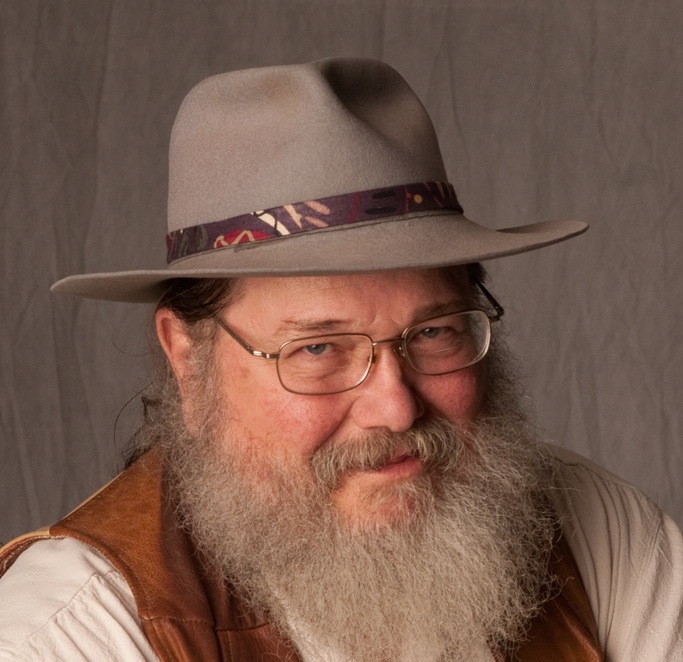I’m in Shonto Begay’s studio above the Downtown Diner. The floor-to-ceiling windows overlook the town square and flood the narrow room with bright illumination. Much of the time I’m speaking to a backlit silhouette surrounded by flares of light—a traveler in time.
He is seated before a canvas the size of a sports bar flat screen. A series of figures are sketched in with bold brush strokes in earth tones. Two men in boxing gloves square off beneath lofty pines, and a crowd presses in close to the action. “I saw a picture of workers at Camp Navajo during the 1920s practicing fisticuffs. That’s the inspiration for this painting,” says Shonto.
The surrounding walls are covered with large canvases, and a common theme is an event that causes the community to assemble. They squeeze into the warmth cast by a campfire or jockey for position in a winter betting game. Young and old, stranger and family look down from these paintings with a great sense of humanity and acknowledge that they too are witnesses to the mystery.
He was born at home at Shonto on the Navajo reservation “during the moon of the cry of the young eagles,” said his mother. “No,” said his aunt, “it was the month of the seeds sprouting.” You can understand a little uncertainty when you consider he was one of 16 home-birthed children. His first memories are of smells. The smells of the sheep and juniper smoke. He recalls looking up through the spreading branches of the tree. His cradle board was laid beneath as his mother gathered piñon nuts. He was named Shonto at birth. The word means “sunlight reflected off of water on canyon walls.” “I try to be that,” says Shonto. This name served him fine until he entered the care of the Bureau of Indian Affairs schools as a young child. There he was given the name Richard Wilson. “Wilson was the name of my uncle. He was dead and you’re not supposed to speak the name of the dead, but they made an exception with me.” The details became an issue when he applied for a birth certificate in the 1970s. The process took years. He finally received an “official document of no record.”
He swirls his palette knife in a smear of pearly lilac paint and dips the tip of his brush. It’s like tasting it. It’s like being there at the moment of creation. Being God. He begins to apply it in a five-count series of hash strokes that reminds me of the kachina’s shuffle step dance. “The lavenders speak peace.” I ask if there is an internal rhythm that sets the pace when he paints. “Someone once did a video with the camera up close on my brush and they found I was using a repeating pattern of brushstrokes when I painted. They overdubbed a drum track and it matched perfectly.”
Shonto talks of the powerful colors in the spring thunderclouds and how they held the promise of release from boarding school for a season. “There are colors that you use carefully. Like green. And this yellow. I don’t use this much.”
I think back to the 50-mile school bus route I rode as a child. It ran out across the Texas prairie and strung the ranches together like beads on a string. On grey late-winter days, it could seem pretty bleak. I learned to watch for a lone gnarled peach tree in a fence corner that blazed with hot pink in the midst of that endless sea of brown grass. My God! I would have killed for those blossoms.
The canyon twists across a bedded red sandstone expanse. The curving rim admits the westering sun in long golden rays that strike the surface of a tinaja where rainwater has pooled in a turquoise lens on the canyon floor. A man sits cross legged beneath an overhanging rock face. He whispers the name of the bighorn sheep softly and with a repeating thrust of his hand he violates the desert varnish with the point of a hand stone. The constellation of white peck marks flows into a graceful leaping ram. The reflected light skips into the cool behind the large cottonwood and sends a shimmering curtain rippling across the canyon wall. Images of antelope and stick men bending bows emerge from the rock and begin to shuffle through the sparkling light.
Without reflected light there is no color. I suspect Shonto’s counterpoint will always exist around the canyon bend.

